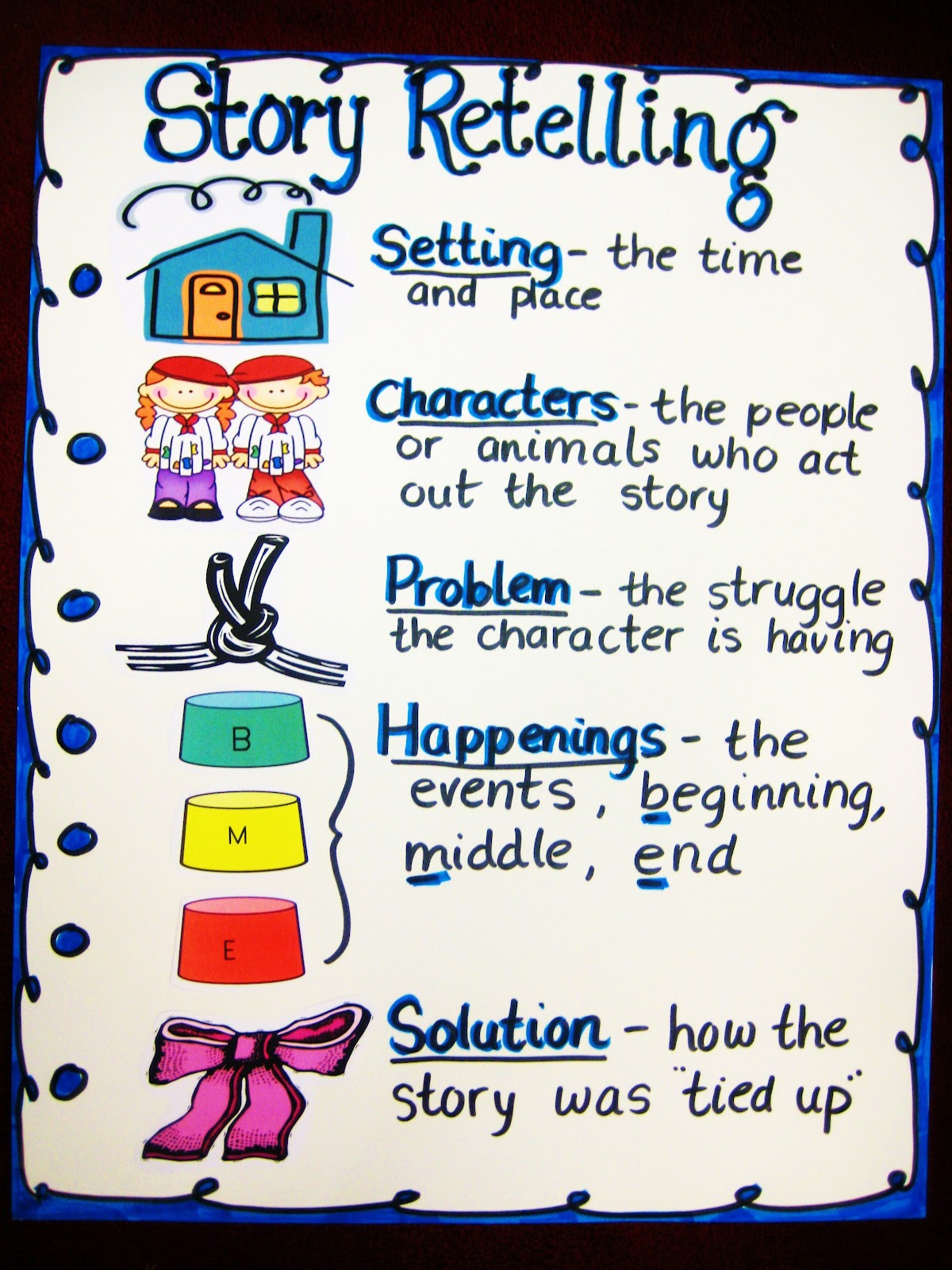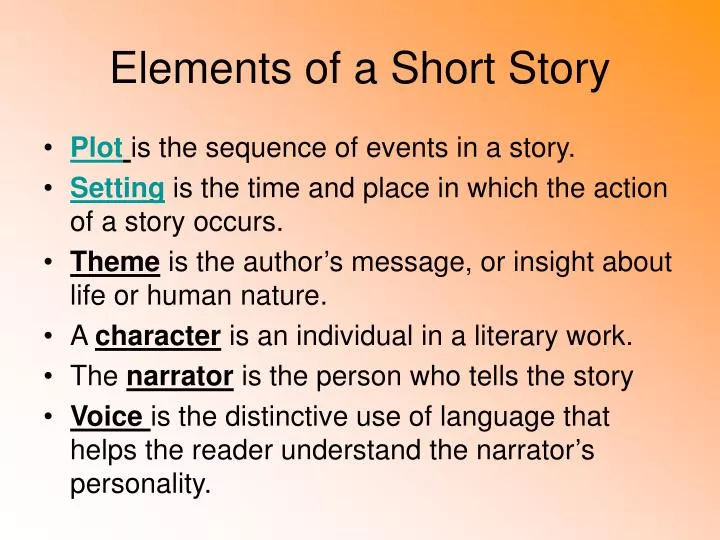

And every scene, every spoken word, and absolutely everything about your story must be fused with this ever-so-entertaining element called conflict.įinally, it all leads to the resolution, or climax-that pivotal point in your narrative that tells the audience who finally wins the conflict. Indeed, every page must be involved with your story’s conflict to some degree. The purpose of your writing is to entertain, so when it comes to conflict, every single page has to play into it. Both types of conflict take place throughout three basic parts of any story’s main conflict structure: set up (beginning), rising action, and the climax (resolution). The second type of conflict, external conflict, affects the characters as well but is outside of their own heads. First, there is internal conflict that happens inside the characters’ heads and hearts. Without conflict the reader is left with a scene where everything is just fine, and nobody is in trouble: pretty boring.Įssentially there are two types of conflict that make a great story. It’s what puts them in entertaining positions that force them to grow right before the reader’s eyes. Conflict is what drives your characters forward. Conflict creates drama, and drama makes a reader want to read. While the genre of your book typically dictates the pace of your story, all great books need to hook the readers from the start.Ĭonflict by definition is some sort of turmoil-a challenge to overcome, a quest, mystery, or struggle. You need to grab the readers’ attention from the beginning and give them a reason to care about the characters and the story going forward. Here is where you introduce your main characters, including your hero and villain, and the main problem your hero faces. The exposition of your book will probably make up the first two or three chapters. The beginning of your story, or exposition, should include an event that sets the characters in motion. In the end, the antagonist should get what’s coming to him, or the reader will be left dissatisfied. If the reader has some sympathy for the antagonist, the story will be more authentic. The antagonist might be the agent of evil in the story but should not be all evil. This opposition creates an engine that drives forward a story. The antagonist is driven to do anything to stop the fulfillment of the protagonist’s desires. An antagonist must also have clearly defined inward and outward goals, and these goals must be in opposition to the goals of the protagonist.

This character is also known as the villain of the story or the lead’s opposition. One of the best agents to move a strong protagonist toward growth and change is a powerful antagonist. Good choices are too much confidence or too much trust.Īs with the protagonist, make the antagonist interesting. To offset above-average qualities, the protagonist should have flaws-but not to the point that the character becomes unlikable. In real ways, this character should be more attractive, more cunning, and more intelligent than an average person but not so much more that the reader begins to feel that this character is too perfect. A strong protagonist should have some larger-than-life characteristics. This is the character that readers need to care about, empathize with, and understand. Also known as the hero, or the lead, the protagonist must have clearly defined inward and outward goals. The protagonist is the main character of a story.

Here’s a list of five elements you must include in your book. So how do you create a truly great story? No matter the genre, there are common elements to every extraordinary novel or memoir. Its main characters are people you miss when the story is over. It lingers in your mind long after it’s over. A good story wraps itself around you and whisks you into its world. The Five Essential Elements of a Great Story


 0 kommentar(er)
0 kommentar(er)
